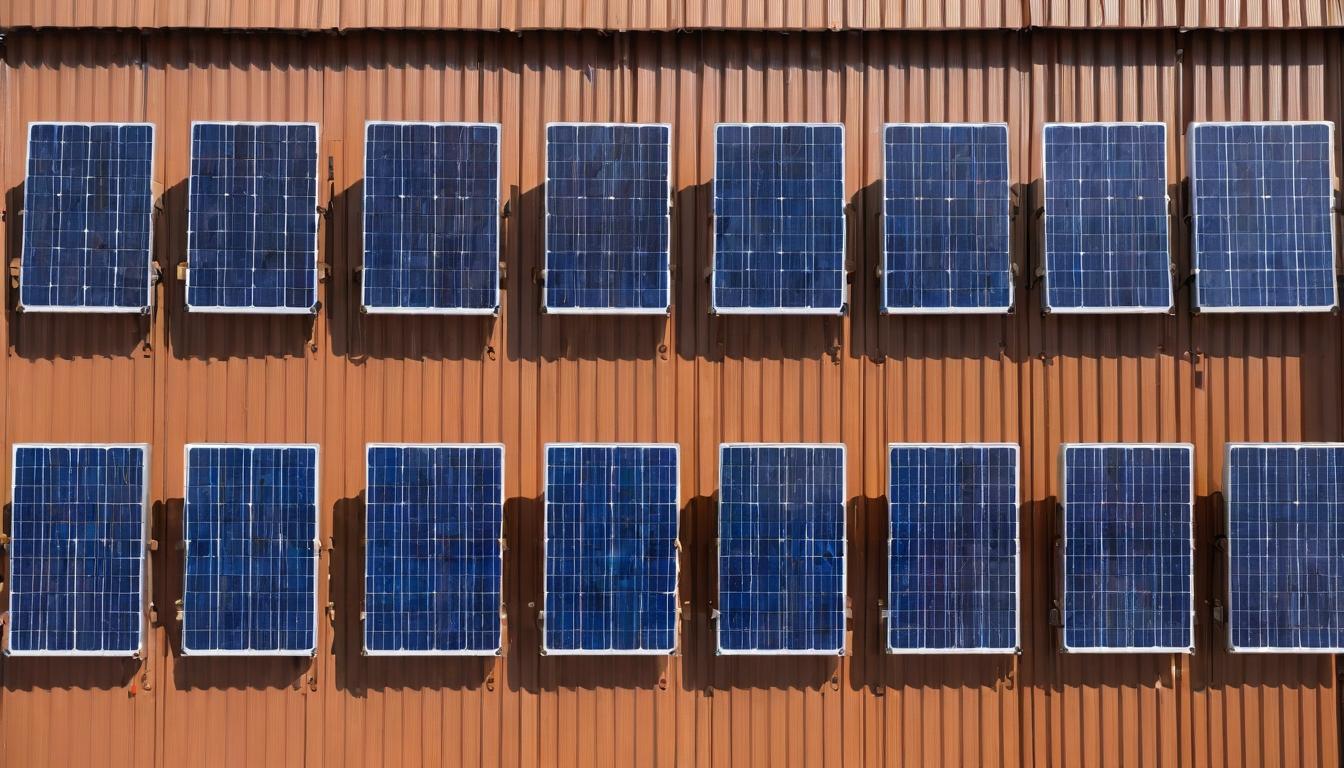Walking through a sprawling solar farm in Arizona's Sonoran Desert, the gleaming panels stretch toward the horizon like a technological mirage. But beneath this clean energy utopia lies a question few are asking: what happens when these panels reach the end of their 25-30 year lifespan? The answer reveals an industry at a crossroads, grappling with its own success.
While most consumers focus on solar panel efficiency and cost, the recycling infrastructure needed to handle the coming tsunami of retired panels remains in its infancy. By 2050, the International Renewable Energy Agency estimates we'll be dealing with 78 million metric tons of solar panel waste globally. That's equivalent to filling 3.5 million garbage trucks with discarded panels. The scale of this challenge is unprecedented in the renewable energy sector.
What makes this particularly urgent is the valuable materials trapped inside each panel. Silicon, silver, copper, and aluminum—all recoverable with the right technology. Yet current recycling rates hover around 10%, with most panels ending up in landfills where their toxic components like lead and cadmium can leach into soil and groundwater. It's the dirty secret of the clean energy revolution.
Innovative companies are now developing sophisticated recycling processes that could transform this waste stream into a resource goldmine. New mechanical and thermal separation techniques can recover up to 95% of a panel's materials, creating a circular economy that reduces the need for virgin mining. The economics are becoming increasingly compelling as material prices rise and recycling technology improves.
Europe leads the way with mandatory recycling programs under the WEEE Directive, while the U.S. market remains fragmented. States like Washington have implemented take-back requirements, but most American solar owners have no clear path for responsible panel disposal. This regulatory patchwork creates uncertainty for installers and manufacturers alike.
The financial implications are staggering. Recovered materials from solar panel recycling could be worth $15 billion globally by 2050, creating an entirely new industry around what was once considered waste. Investors are beginning to notice, with recycling startups attracting significant venture capital despite the long timeline before mass volumes of panels reach end-of-life.
Manufacturers are responding with design changes that make panels easier to disassemble. Some companies are experimenting with lead-free soldering and alternative encapsulation materials that simplify recycling. These design-for-recycling principles could become as important as efficiency ratings in future panel specifications.
For homeowners considering solar, the recycling question adds another layer to the decision-making process. Should they ask installers about end-of-life options? Will there be costs associated with panel removal and recycling? These are questions that the industry hasn't adequately addressed, leaving consumers in the dark about the full lifecycle of their solar investment.
The environmental justice dimension can't be ignored either. As with many waste streams, there's concern that retired panels will be shipped to developing countries with lax environmental regulations. Without proper international standards, we risk creating new pollution problems while solving others.
What's clear is that the solar industry's success depends on solving this end-of-life challenge. The companies that develop efficient, cost-effective recycling solutions today will be positioned to capitalize on the coming wave of retired panels. More importantly, they'll ensure that solar energy remains truly sustainable from manufacturing to disposal.
The revolution in solar isn't just about generating clean power—it's about creating systems that honor the full lifecycle of the technology. As one recycling executive told me, 'We're not just cleaning up after the party; we're making sure there's no hangover for future generations.' That might be the most important solar innovation of all.
The hidden revolution in solar panel recycling and why it matters more than you think

